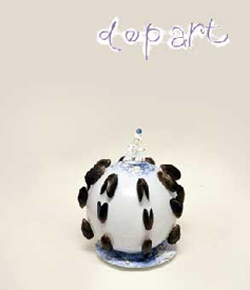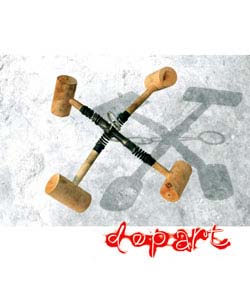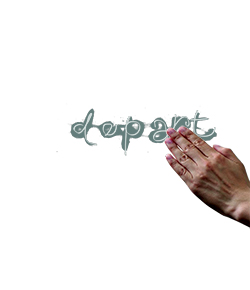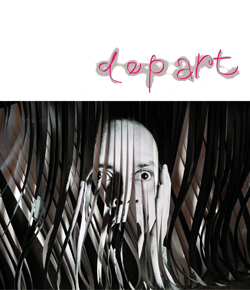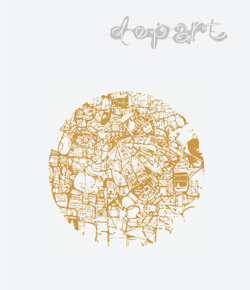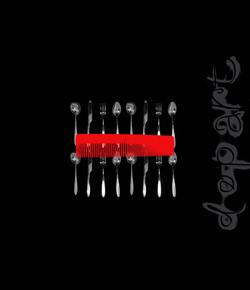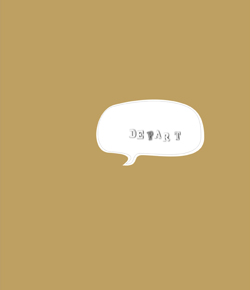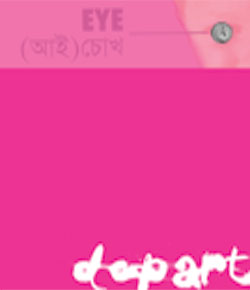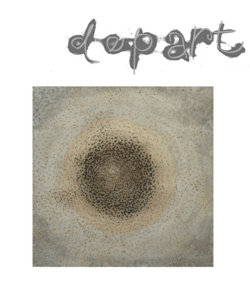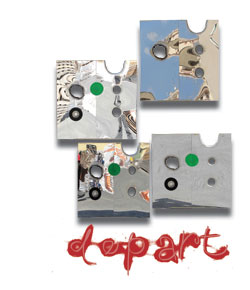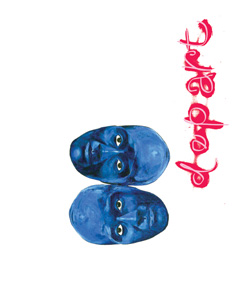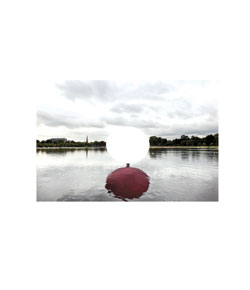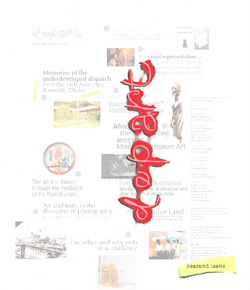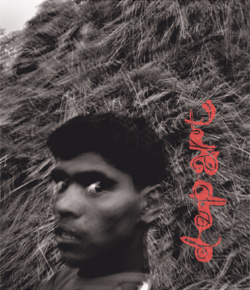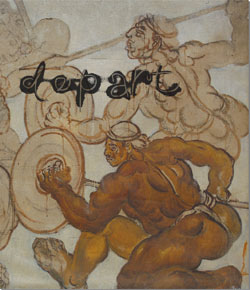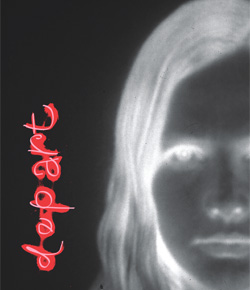imprint
World Art Games An oasis for art practitioners
The First World Art Games held between June 29 and July10 in
Croatia celebratesunity in diversity in art

Imagine an ambience where creative minds get together, share experiences, converse inspiringly, draw on enriching interactions to rekindle flames of creativity – and alternately just sit back and relax! Is that too utopian to be true? But World Art Games, popularly known as WAG, is an oasis for art practitioners, traversing genres and mediums, where all creative minds can mingle, exchanging ideas and promoting peace while speaking the language of art.
A brain child of the Croatian artist Peter Weisz, WAG is a non-profit organization. Reflecting on the organization's motto, Peter says, 'Unity in diversity is at the core of the philosophy on which WAG is built.' Youthful in his 60s and bubbling with energy, Peter leads WAG as the president of the organisation.
Peter is fully aware that there are many art biennales, but no art Olympic, so to say, that provides a comparable forum opening up a space not only for competition but also for camaraderie, or to use another metaphor, that provides a bridge across cultural divides.
It was early 1990s that the idea of WAG came to Peter when he was working as a professional artist in Israel. He picked up the phone and called up his good friend Yehudi Menuhin to share his ideas of a cultural Olympic. An enthused 'aye' is what he received from the great musician.
Peter continued to nurse the idea of the Olympic passionately until 2008 when he put up his first retrospective show in his birthplace Osijek, the fourth largest city of Croatia. He shared his long-cherished dream also with the mayor of the city he grew up in. 'The response was fantastic,' says Peter animatedly. No sooner had he discussed the idea with the mayor than he was given an office to start the operation of WAG. And the rest is history.

WAG is now represented in 40 countries through its national committees, who meet annually to discuss and plan future programmes and undertake activities that in the best spirit of the Olympic Games celebrate the joy of togetherness/solidarity through competition. Like the Olympics, WAG will be held in different countries and these countries must win the bid for eligibility to stage WAG through hosting a ten-day bi-annual event.
Held in the Croatian cities of Ludbreg, Vukovar and Umag, the first World Art Games hosted over 200 artists, musicians and performers from more than 40 different countries. including Bangladesh. With Colombia, Argentina and Mexico together fielding 38 artists, Latin America dominated the games.
With the 'Little Prince' pin in the buttonhole of his jacket, Sergio Jimenez's presence electrified the scene. Always playful and childlike, Sergio perhaps was making a statement much in the same tone of that of the pilot from the book The Little Prince who felt we grown-ups never understand anything by ourselves unless aided by the trappings of acquired knowledge. In other words, he was mocking impishly at our loss of innocence.

Sergio gave one performance called Every single being is a world in itself at Ludbreg's main square, where ‘The Center of the World’ plaque is located. Croatians, it should be pointed out, believe that the centre of the world resides at that point. Blindfolded, Sergio circled the square and slowly closed in on the plaque, placing papers on it and taking prints of the plaque by rubbing it with a charcoal. He believes that the human body is a territory and a physical one at that. He distributed papers among the participating artists of WAG, requesting them to mail the 'piece of the centre of the world' to his address in Bogota. He is, clearly, for de-centering the world on the one hand and inviting new centers to flourish on the other.
Sergio's next move was to create 'Second Skin' with Colombian fashion designer Andrea Castro at Castle Betthyany. He synchronized his moves on this occasion with the tempo of the music and the catwalk of the models. He approached the audience in a series of movements and had them draw lines on his body with markers. The idea was to get him drawn over by people from different culture and society.

Anthony Merino, an artist, critic and curator from Texas, USA, was the most adored person of the games for his simple and unpretentious demeanour. His presentation about his black friend who had been murdered touched everyone in the audience at the Ludbreg City Library. While talking about his friend's death he raised philosophical issues about dying and asked questions about what would possibly be the best tribute to someone who is dead. He concluded by inviting others to talk about their experience of the loss of loved ones.
For next door neighbour from Assam, Wahida Ahmed, the margin of difference between fantasy and reality is negligible and perhaps, they even overlap. Her painting depicting the Twin Tower explosion with children's paper airplanes encircling the towers shows that our realities are as fragile as the paper airplanes.

Laila Sharmeen decorated her street painting at the Open University of Umag with traditional Bengali motifs of flower, fish and bird and Bangla alphabets to evoke the quintessential colours of Bengal and also pay tribute to Bangladesh's language movement. She drew the basic design for the 40 feet painting, explained the colour scheme to artists from India, the USA, Colombia, Finland, Netherlands, and Croatia and then invited them to apply paint to the work. She also engaged people from local community and tourists visiting Umag to turn her project into a collaborative-community painting. The scene of the street painting was carnivalesque, especially so because the Pokko Cherri Band from Malaysia pitched in with their foot tapping numbers.
Laila and I reached the Croatian capital Zagreb a few days before the games started and had an opportunity to visit the Museum of Arts and Crafts, then hosting Caravaggio's masterpiece Supper at Emmaus. The painting was loaned by Italy to commemorate Croatia's accession to European Union. Painted in 1606, the work depicts the well-known Gospel episode of the encounter between the risen Christ and two of disciples on the road to Emmaus. Surrounded by disciples, an inn keeper and an elderly female servant, Christ blesses the piece of bread on the table with his index finger pointing towards heaven.
This redolent image captures much of the spirit of the WAG – full of events richly punctuated with great food and excellent excursions!
ZIAUL KARIM is an art critic based in Dhaka, former editor of art journal Jamini, and contributes to local and South Asian art periodicals.




